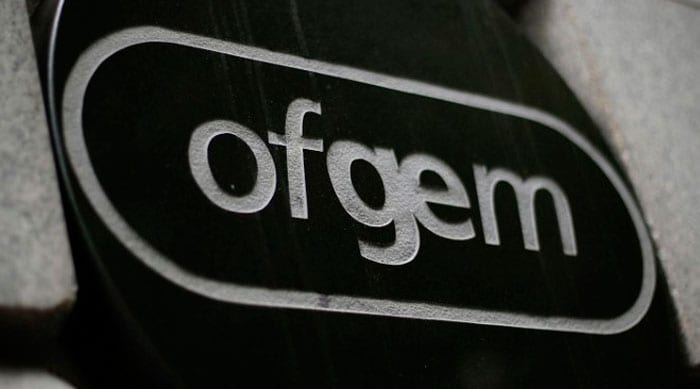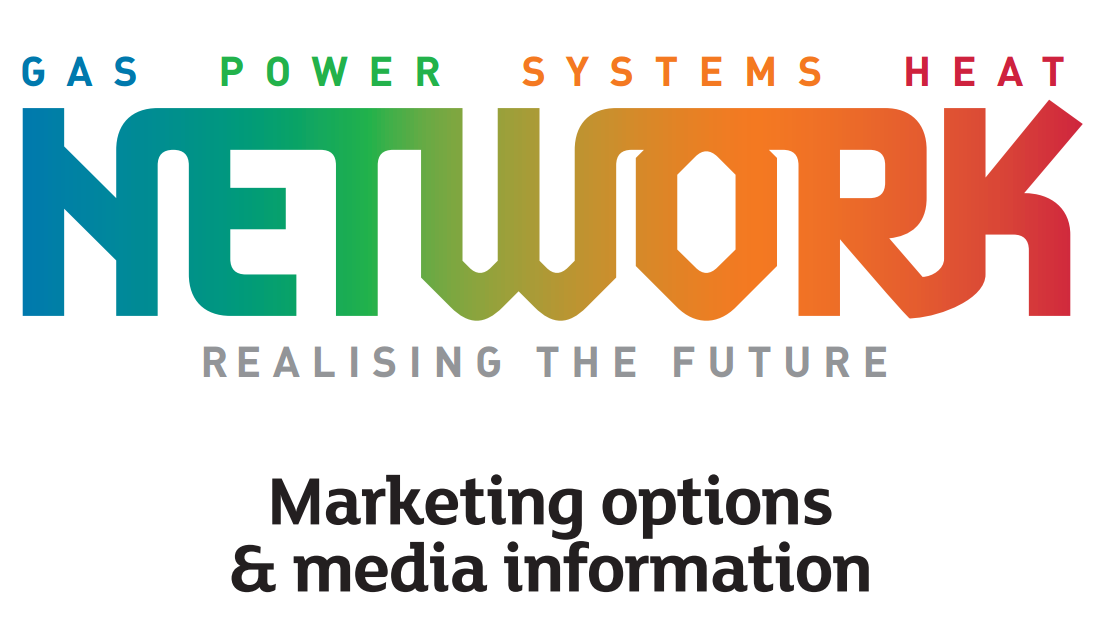Embedded benefits “distorting” energy market
Transmission network charging arrangements seem to be unfairly advantageous for embedded generators, Ofgem has said.
1st August 2016 by Networks

The energy regulator is concerned that current charging arrangements, known as embedded benefits, are preventing a level playing field between sub-100MW embedded generators and larger embedded generators. The system is also detrimental for transmission connected generation Ofgem suggested.
The concerns were raised in an open letter, published on Ofgem’s website.
The regulator said that it has been concerned for “a number of years” that the system of embedded benefits may be “distorting investment decisions and leading to inefficient outcomes in the capacity market”. Many market participants share these concerns, according to Ofgem.
Setting out its main worries, Ofgem wrote: “With the increase in overall Transmission Network Use of System (TNUoS) charges and the rapid increase in the volume of embedded generation, the size of TNUoS charges demand residual payments has grown as has the number of parties receiving them. This creates a large benefit to connecting to the distribution network rather than the transmission network. We are concerned that the size and increase of the TNUoS demand residual payments may now be distorting the market by:
- leading to an inefficient mix of generation by encouraging investment in smaller distribution connected generation (which can take advantage of the embedded benefits revenue stream) over potentially more efficient larger transmission connected generators (TG) or over-100MW EG (which do not have that revenue stream);
- leading to TG exiting because it cannot compete;
- distorting dispatch by dampening prices at peak times when EG dispatch out of merit15 to generate in the triad periods;
- distorting the outcome of the capacity market by holding down prices since smaller EG can bid in at significantly lower prices than larger EG and TG; and
- distorting innovation in the market towards parties who can best capture this large payment. Transmission Network Use of System charges”
Ofgem said that amendments to the current regime should be addressed “as a matter of priority”. It has called for input from market participants to assist in developing suitable modifications and aims to make a decision about the best course of action to follow later this year.
The full open letter setting out Ofgem’s concerns abou the embedded beenfits system can be read here.
Comments
Login on register to comment
Related content

Heat
Electric storage heating – a Cinderella solution
Why has electric storage heating been overlooked as we seek to tackle decarbonising domestic heat?

Power
Time for less talk and more action on decarbonisation
Core "oven-ready" solutions to decarbonising heat and transport exist today and should be implemented without delay, says WPD's future power networks expert.

Power
Editor’s blog: The biggest tests of resilience are yet to come
Network content director Jane Gray reflects on the industry's coronavirus response to date and the challenges still to come.
